FCP_ZCS_AD-7.4 Fortinet FCP - Azure Cloud Security 7.4 Administrator Free Practice Exam Questions (2025 Updated)
Prepare effectively for your Fortinet FCP_ZCS_AD-7.4 FCP - Azure Cloud Security 7.4 Administrator certification with our extensive collection of free, high-quality practice questions. Each question is designed to mirror the actual exam format and objectives, complete with comprehensive answers and detailed explanations. Our materials are regularly updated for 2025, ensuring you have the most current resources to build confidence and succeed on your first attempt.
Refer to the exhibit.
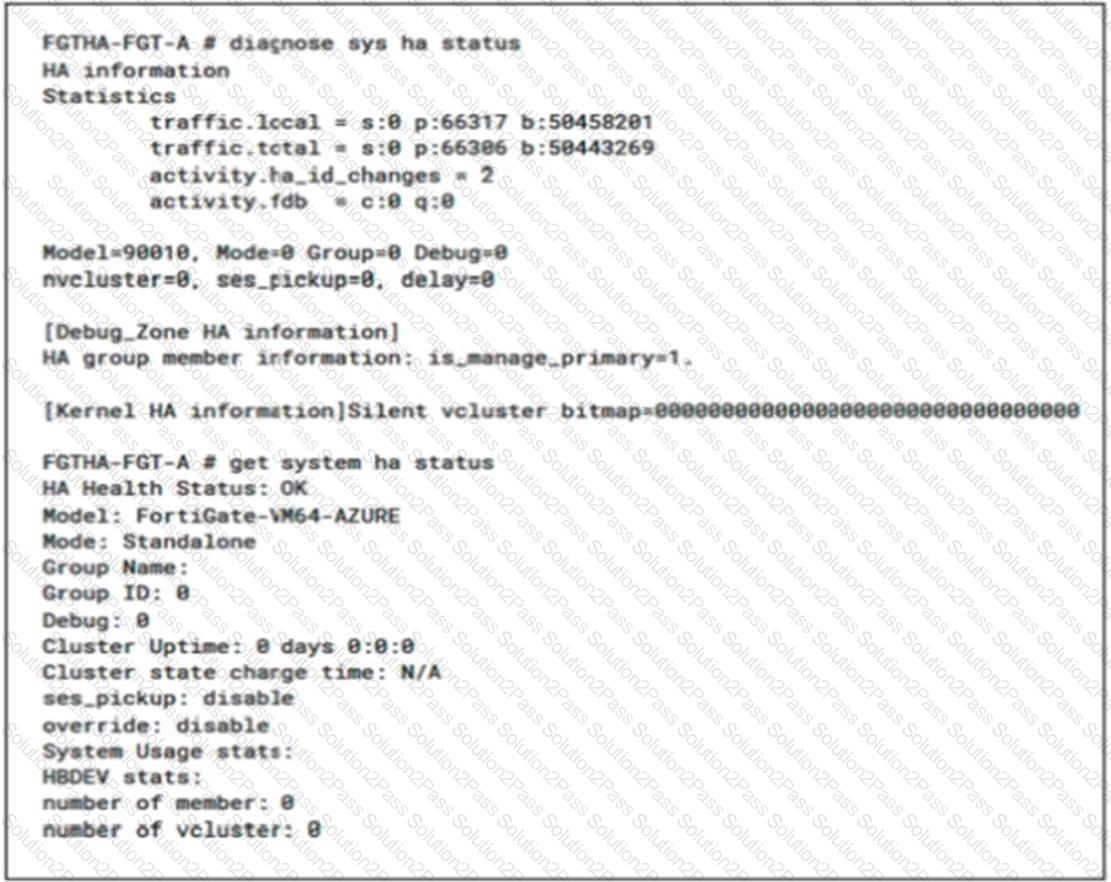
A high availability, active-active FortiGate with Elastic Load Balancing (ELB) and Internal Load Balancing (ILB) was deployed in your Azure environment.
Which tools can you use to configure synchronization? (Choose two.)
Why would you use a user-defined route in Azure?
You want to take advantage of Azure availability zones for your cloud-based Fortinet deployment.
Which two benefits do Azure availability zones provide? (Choose two.)
When you deploy a single FortiGate VM using the available template from the Azure Marketplace, several other resources are also created.
Which two resources, among others, are created during the process? (Choose two.)
You deployed a FortiGate active-active with ELB/ILB solution using the template from Azure Marketplace.
What is the purpose of the inbound NAT rules configured in the external load balancer in this deployment?
Refer to the exhibits.
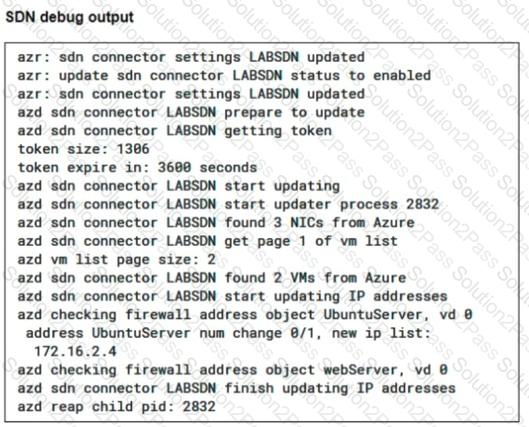
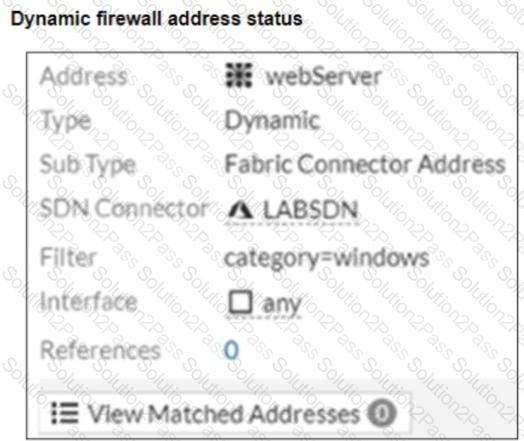
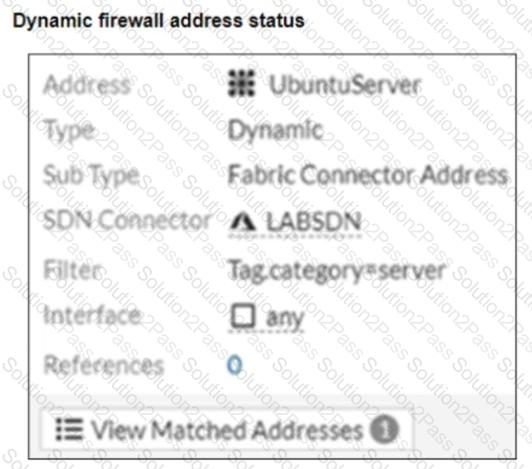
Two new dynamic firewall addresses have been configured on the FortiGate VM using the external connector to Integrate within the same Azure environment.
The debug output shows that one IP address can be resolved successfully, but the second is empty.
Which steps could you perform to correct the misconfiguration? (Choose all that apply.)
What characterizes the branch-to-branch topology in an Azure virtual WAN?
A Linux server was deployed in a protected subnet with a dynamic IP address. A FortiGate VM in the internal subnet provides traffic filtering to it. and you must implement a firewall policy using the IP address of the Linux server.
Which feature could help integrate FortiGate using Linux server tags?
Refer to the exhibit.
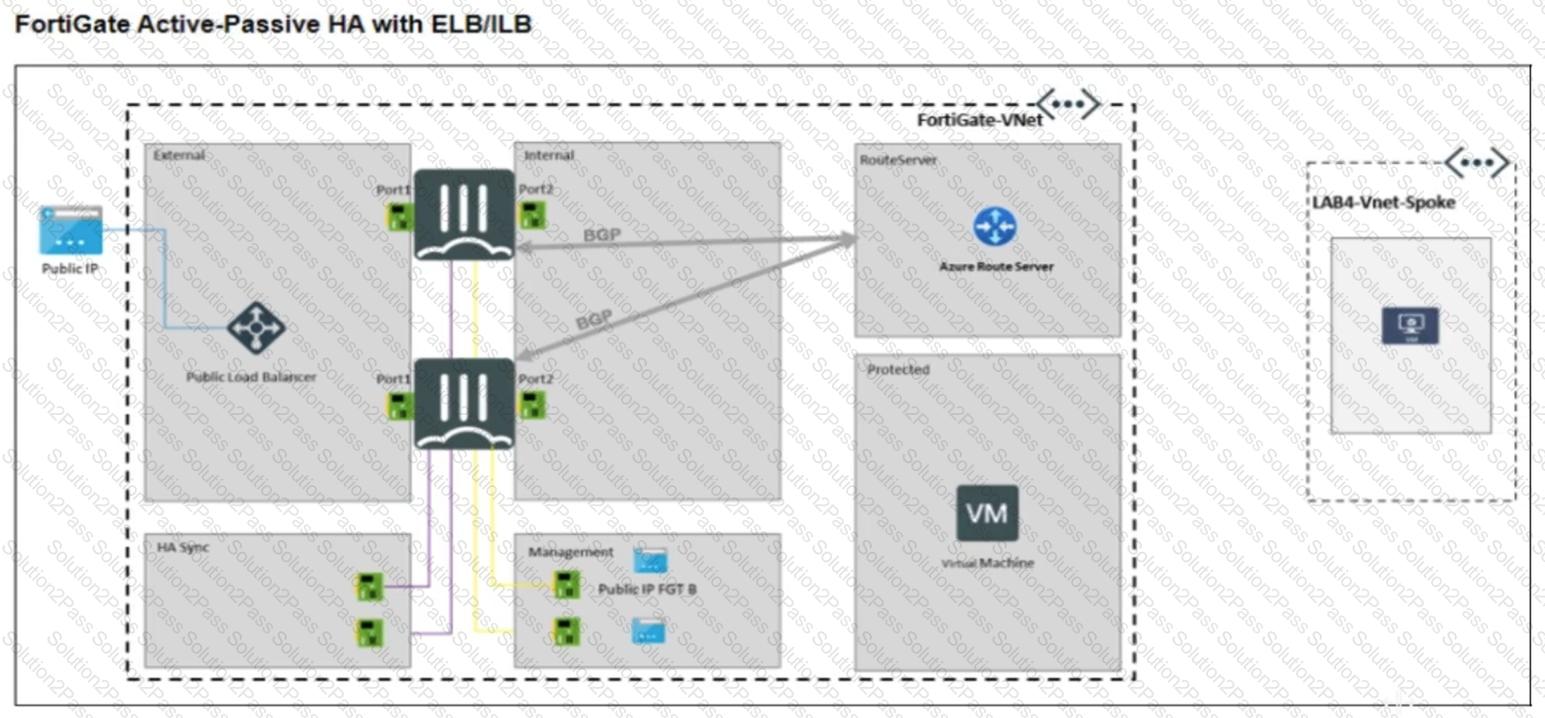
An Azure Route Server and an active-passive FortiGate with Elastic Load Balancing (ELB) and Internal Load Balancing (ILB) have been deployed successfully and they are sharing and populating BGP routes in the Protected VNet.
A Linux server has been deployed in a new VNet spoke. It is expected that Azure Route Server
should inject the FortiGate BGP routes into the Linux server but that failed.
How can you diagnose the problem?
Which output was taken on a VM running in Azure?
A)

B)
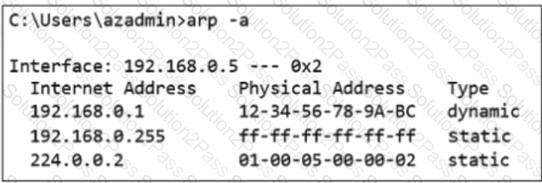
C)
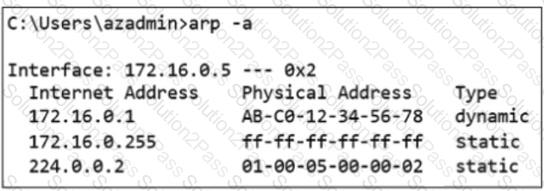
D)
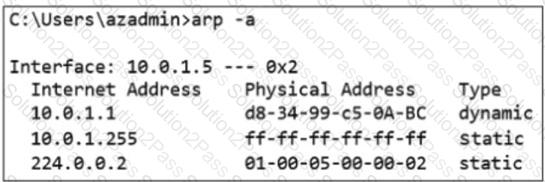
 FortiGate Clustering Protocol (FGCP) – This is the primary protocol used to synchronize configuration and session information between HA peers.
FortiGate Clustering Protocol (FGCP) – This is the primary protocol used to synchronize configuration and session information between HA peers. Heartbeat interfaces – These interfaces are specifically configured to exchange HA state and sync data between the FortiGate VMs, ensuring cluster consistency.
Heartbeat interfaces – These interfaces are specifically configured to exchange HA state and sync data between the FortiGate VMs, ensuring cluster consistency.